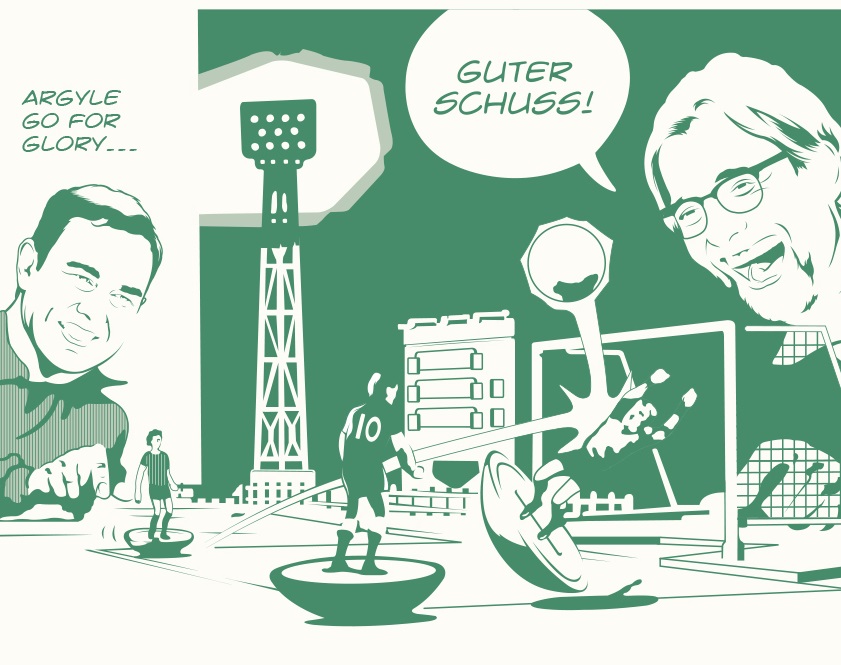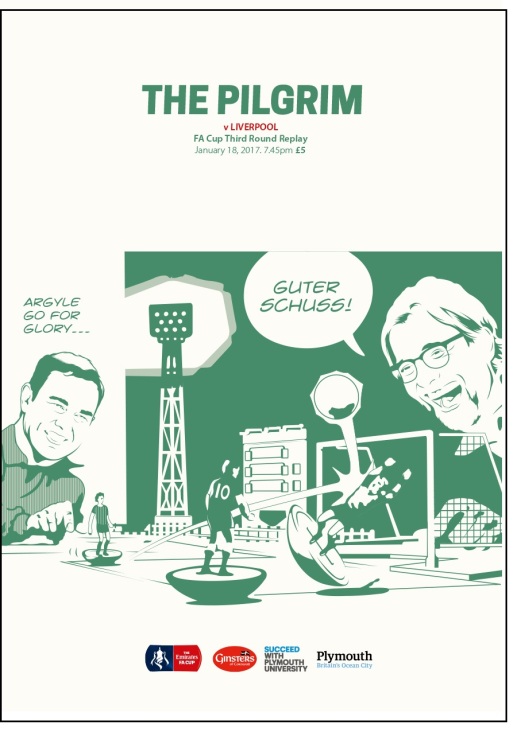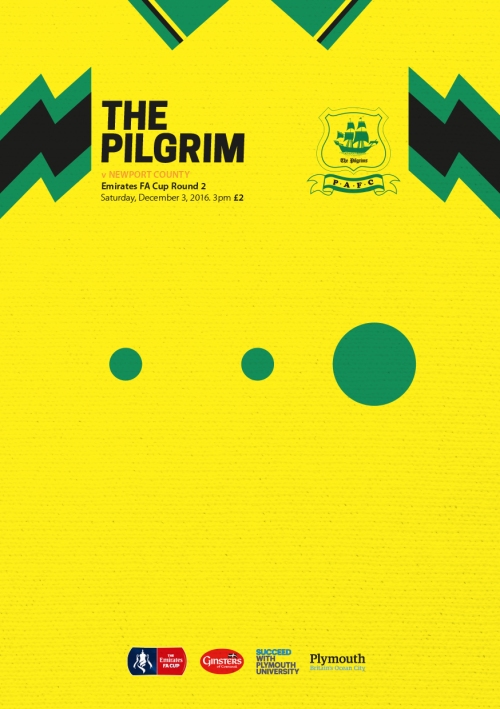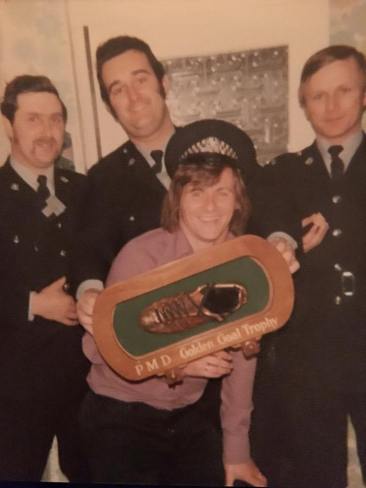Southampton 2 – 0 Sevilla
(Stephens, 26; Gabbiadini, 82)
“That’s what football does to people; it turns them peculiar,” asserts an elderly lady on the train, as she berates her Man United-supporting son-in-law. And as I sit quietly on the other side of the table, giving up six hours of my Saturday to solo train travel, about to drop an eye-watering sum of money on a new strip, all in the name of attending a meaningless pre-season friendly, it’s hard to disagree.
The weather alternates between glorious and grisly as we travel through Hampshire, serving as an apt metaphor for Southampton’s previous few campaigns – and potentially the upcoming one, too. Much of the pre-season build-up has been focused on the one player who will almost definitely be absent this afternoon: Virgil Van Dijk. His name is never far from the support’s lips today, and it’s tempting to ascribe the strange 4-0 loss to FC Augsberg at St. Mary’s earlier in the week to the ongoing unsettled atmosphere around his presence (or lack of). Mauricio Pellegrino vowed his side would improve in this, the final friendly before Premier League duties return with a visit from Swansea next Saturday. And in many ways, Sevilla are the perfect opponents for Southampton here, as they represent much of what Saints would like to: a club of modest means and few superstars performing to – and frequently exceeding – expectations both domestically and in European competition. However, it is becoming increasingly clear that Southampton must become more bullish in their retention of star players if this is ever going to happen. If indeed they do manage to hold onto Van Dijk (and rumoured wantaway Ryan Bertrand), it will represent a coup on the same level as a major signing; whether the duo will then settle down into squad life again is another matter.
The game itself is a predictably anaemic affair, and while it is of course reductive to read too much into pre-season fare, it comes with mixed portents for Southampton’s season: Manolo Gabbiadini and Jack Stephens both look particularly sharp – the latter’s 26th minute goal is bundled in from a corner with the help of some good positioning from the newly-anointed number 5. And Steven Davis makes several stirring runs from box to box, complementing rock-solid Oriol Romeu’s enforcer role perfectly. One supporter gets a little carried away: ‘We don’t even need Virgil!’

Elsewhere there are more worrying signs for Saints, namely down the left, where Ryan Bertrand and an especially hesitant-looking Nathan Redmond (whose time as a striker may well be over under Pellegrino) conspire only to produce wing play that is both sloppy and stroppy. Southampton’s first half performance is a mixed bag, but Sevilla’s unusually toothless showing means they lead the serial Europa League winners 1-0 at half time.
Given Southampton’s current defensive situation, there are understandably sharp intakes of breath from the crowd when Maya Yoshida drops to the ground after a seemingly innocuous challenge in the 55th minute. Yoshida and Jack Stephens built up a commendably solid defensive partnership in Virgil Van Dijk’s absence through injury in the latter part of last season, and that closeness will be relied upon heavily in this one. Thankfully for Pellegrino, Yoshida runs off what looks only to be a dead leg – nevertheless, he is subbed off for new signing Jan Bednarek ten minutes later as a precaution. A slew of second-half substitutes also sees Sofiane Boufal and Shane Long getting a run out for the game’s final quarter.
Then, as the sun breaks through again, Manolo Gabbiadini latches on to a neat reverse flick from Steven Davis and slots home for 2-0. Gabbiadini, who looks to be back to his best, is full of running, chasing down balls and working harder on hold-up play than we’ve previously seen. If he can stay fit, he should prove to be a key player in the upcoming campaign.
Sevilla spurn several late chances, and it becomes apparent that a comfortable win is on the cards. Fans begin to file out with five minutes to go – but tellingly, as the final whistle goes, everyone stops to give their team a rousing sendoff, and to salute the new manager. Things could still go either way, and the opening games of the season will provide a clearer indicator of Saints’ fate. The pre-season peculiarities are largely over; Pellegrino’s first true test comes next Saturday. For now, the forecast doesn’t look too bad.



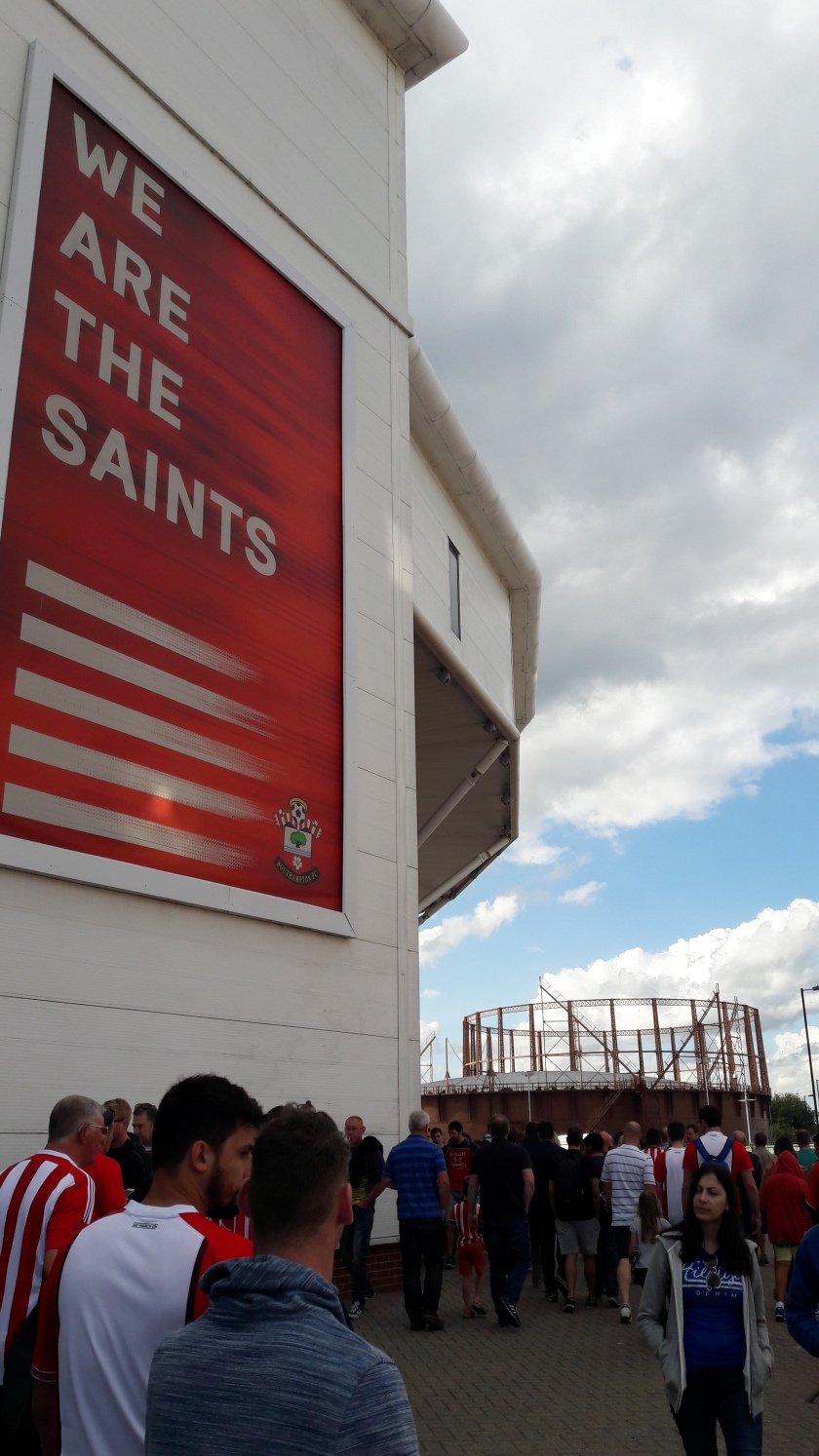

Word & pictures by Tom Clayton







